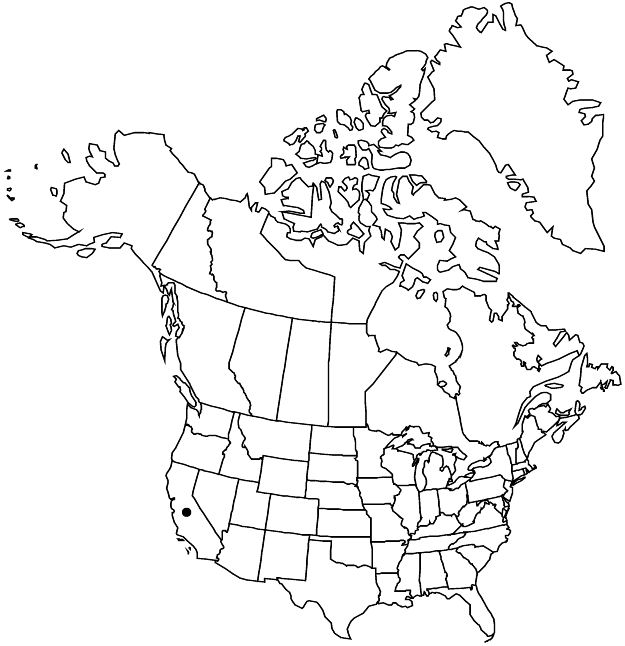Sidalcea malviflora subsp. dolosa
Perenn. Sp. Sidalcea, 36. 1957.
Plants 0.2–0.6 (–1) m, with rhizomes widespreading, slender, usually 10+ cm, freely rooting, sometimes matted. Stems erect, base decumbent, rooting, sometimes reddish tinted distally, usually long-hirsute, sometimes glabrous, hairs simple, 2 mm, slender, soft. Leaves basal and cauline; proximalmost stipules wide-lanceolate to ovate, 4–5 × 2–3 mm; proximal petiole 5–20 (–30) cm, 3–4 times as long as blade, greatly reduced distally to 1/2–1 times as long as blade; blade (2–) 4–8 (–12) cm wide, basal cordate-rounded, unlobed or shallowly lobed, margins coarsely crenate, distal deeply palmately 5–9-lobed, lobes usually 3-toothed to 3-lobed, surfaces coarsely, sparsely stellate-hairy abaxially, hirsute and stellate-puberulent adaxially, distalmost not much reduced, palmately 5–7-divided nearly to base, lobe margins entire. Inflorescences open and elongate or dense when young, 5–14 (–21) -flowered, 15–20 cm, calyces overlapping or not, several flowers often open at same time; bracts linear, divided nearly to base, (2–) 5–7 (–9) mm, distal undivided or 2-fid, usually equaling or longer than pedicels, much shorter than calyx. Pedicels 1–4 (–6) mm. Flowers: calyx 6.5–10 (–12) mm, sparsely stellate-puberulent and hirsute-bristly on margins, longest hairs simple; petals rose-pink to purplish, pale-veined, usually with pale to white base, 20 mm, pistillate darker and smaller; staminal column 5–6 mm; anthers white to pale-pink; stigmas (6 or) 7–9. Schizocarps 5–6 mm diam.; mericarps (6 or) 7–9, 3 mm, back glabrous or sparingly glandularpuberulent, slightly reticulate-veined and wrinkled, ridged, back less so, mucro 1 mm. Seeds 2 mm.
Phenology: Flowering Jun–Jul(–Aug).
Habitat: Open pine forests, grassy areas
Elevation: 1500–2300(–2700) m
Discussion
According to DNA evidence, subsp. dolosa may not belong within Sidalcea malviflora. Its range matches that of S. pedata, and it also appears to be rare. It is found in the San Bernardino Mountains. It somewhat resembles S. neomexicana, but rhizomelike stems are present, the fruit is rougher, and the stem is more leafy; it strongly resembles and may be a close relative of S. reptans. It is threatened by development.
Selected References
None.
Lower Taxa
"elongated" is not a number.
